Where Basements Leak
Identifying Common Sources of Leaky Basement Problems near Post Falls, Coeur d'Alene, Spokane, and neighboring areas!
Got a Leaky Basement But Can't Find Where It's coming from?
Experienced basement waterproofers understand that wet basements vary in size and structure, making each repair job unique.
Thankfully, the majority of basement waterproofing repairs can be efficiently completed by a professional within a single day, occasionally extending to two days. For smaller tasks like installing basement windows or fixing a basement wall crack, completion can be achieved in just a few hours.
Your trusted local experts for basement waterproofing, Premier Basement Systems, proudly serve Coeur d’Alene, Spokane, Post Falls, and neighboring regions in Idaho and Washington. Contact us today for a FREE quote on wet basement repairs!
Addressing Basement Wall-Floor Joint Flooding: Expert Solutions for a Dry Home
Sealing the Gateway:
Preventing Basement Water Ingress Through Wall-Floor Joints
Creating a trench along the basement floor’s perimeter, Premier Basement Systems stops water at the point of the problem by removing a portion of the floor and filling it with clean stone. The patented WaterGuard® system, an innovation on traditional French drains and Drain tile, is laid on top of this stone. The system is concreted over, and an extending wall flange is added to create a 3/8″ opening for receiving water from the basement walls.
The basement water is directed to a sump pump system through the drain, which then pumps it outside through a buried PVC pipe, keeping it away from your home.
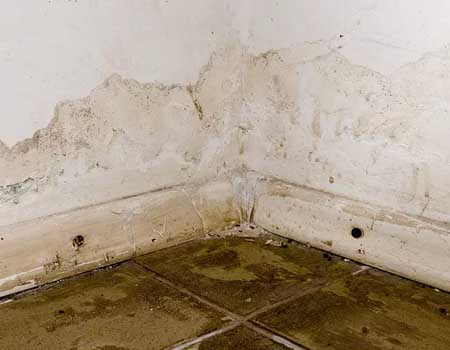
Basement Floor Leaks
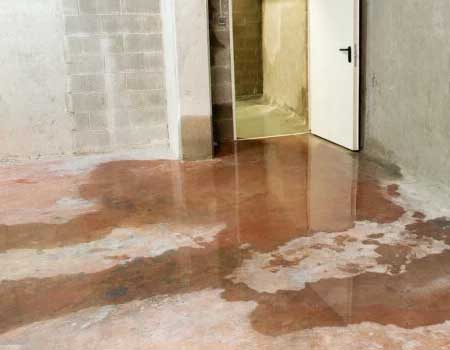
A drainage system and a sump pump are still the answer if there is leaking from a crack in the basement floor.
A lateral line can be installed along the crack, collecting the water and directing it to your sump pump system.
To prevent most water from entering through cracks, a full perimeter system is recommended, and your waterproofer may not suggest a lateral line for smaller cracks in the floor.
Waterproofing Solutions for Basement Hatchway Doors
A perimeter drainage system can also address water leaking in through basement hatchway doors by collecting it and directing it to your sump pump.
Extending along the hatchway entrance, a grated drain opening is reached as the drain runs along the bottom of the hatchway stairs. Into this grated opening, the water will leak and enter the waterproofing system.
The sump pump will then discharge it from the home and send it downhill away from the home.
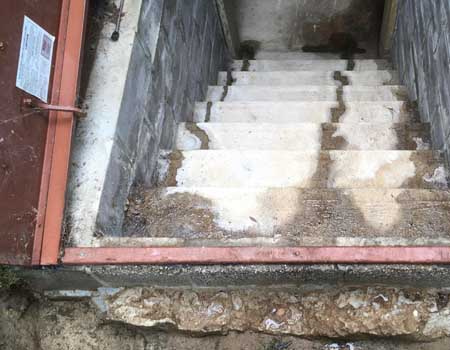
When Basement Windows Are Leaking
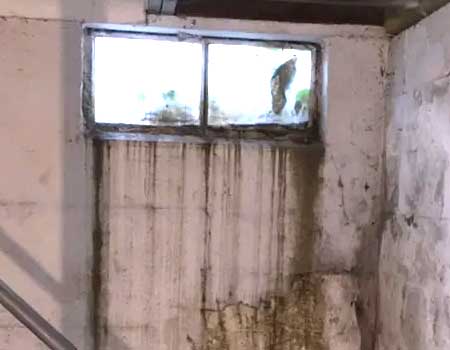
If the replacement of your basement windows and/or window wells is not a priority, an alternative is the installation of a drain. This drain is designed to capture water pooling below the basement window, guiding it into the basement through a closed drain and redirecting it into the perimeter drain. Should you choose to pursue the replacement of basement windows, exploring new, energy-efficient options may also be of interest.
Combining them with a covered basement window well offers protection by deflecting rain, water, and debris from the window opening, along with shielding against cold winter winds. Premier Basement Systems recommends the SunHouse™, designed not only for weather protection but also to maximize sunlight reflection from the outside into your basement space.
Basement Wall Cracks and Pipe Penetrations
Dealing with Water Issues
Even in new home foundations, the natural curing process of concrete can lead to the formation of cracks. Additionally, when holes are drilled in basement walls to accommodate pipes, wires, and cables, they often create openings large enough to permit water entry.
To address the issue of leaking wall cracks and pipe penetrations, Premier Basement Systems employs the FlexiSpan® system. The process begins by sealing the opening with a specialized polyurethane polymer. Notably, this polymer possesses the ability to expand and contract in sync with the basement wall, ensuring that its bond remains intact despite changes in moisture and temperature affecting the concrete.
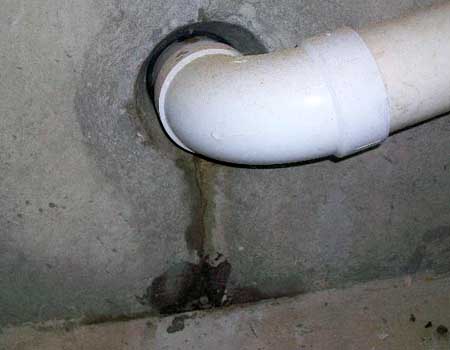
Above this seal, a foam strip is affixed and extends down into a small drywell created beneath the basement floor.
Subsequently, another layer of our flexible sealant is applied to cover the secondary protective layer, and the floor is restored to be flush. This system can also integrate with an existing perimeter drainage system.
Addressing Water Heater Failures
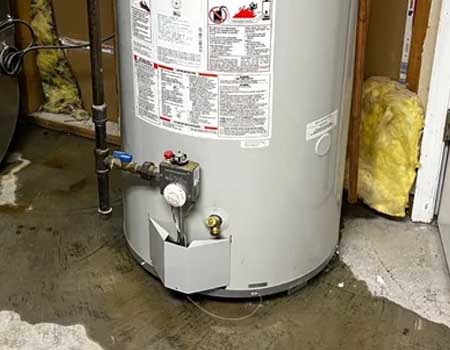
On average, water heaters are prone to failure approximately every 7 years. When these failures occur, they commonly result in water leakage directly onto the basement floor.
For finished basements or spaces used to store valuable items, such water leakage can pose a significant threat, causing potential damage.
Premier Basement Systems suggests the installation of a PVC ring around the water heater. This ring serves the dual purpose of either directing water into the perimeter drainage system or, when combined with a water-sensitive alarm, alerting you to a potential leak occurrence.
This becomes particularly crucial in a finished basement, where the presence of valuable items increases the risk of damage from a wet basement system.
Washing Machine Hose Bursts
The design of washing machine hoses is not intended to withstand the constant pressure ranging from 60-80 psi that is exerted on them continuously.
In the event of a burst, washing machine hoses can release an astonishing 650 gallons of water per hour. Remarkably, there have been instances reported by Basement Systems® dealers where water flowed up to the basement windows due to ruptured water heaters.
Not having to shut off your water every time you do laundry becomes a relief when you’ve installed a hose that comes with a 20-year warranty, ensuring its durability over the long term.
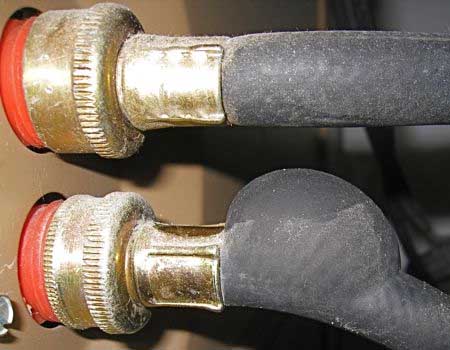
Top-Rated Basement Contractors
Banish Basement Water Woes: Premier Solutions for Hayden, Sandpoint, Veradale, Cheney, Deer Park, Mead, Rathdrum, and Beyond! Schedule Your FREE Inspection, Written Quote, and Grab Your Complimentary 88-Page Color Book on Basement Waterproofing – Call or Connect Online Now!
Seeking a Quote? Obtain Your Free Estimate with No Cost or Obligation.
